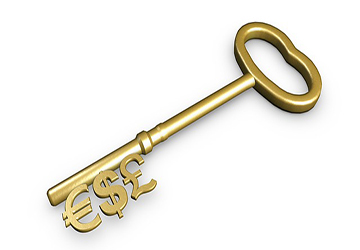What do the four rings of Audi represent?
If you've ever wondered what the four rings in the Audi logo represent, you've probably heard a few theories. Maybe they have a link to the Olympic rings? Perhaps they represent the company's four guiding principles. The Audi Silver Spring has received many theories, but we offer the relatively simple truth: The ring represents the history of the automaker.
One of the most recognizable symbols in the automotive industry, the Audi logo combines simplicity with profound meaning.

The four rings represent the four independent automakers that joined together to form the Auto Union in 1932. By the end of the 19th century, there were many car manufacturers in Germany. One of the early figures in vehicle development was August Horch. His professional background includes three years as head of automotive production before founding the company. Horch relocated his company and turned it into a public limited company.
Soon after, Mr Horch founded the new car manufacturer Audi, which adopted the ring as its logo.
Horch, however, founded the company. It cannot use the name of its founder due to unfair competition. Horch's name was translated to create a new nickname for the company. The name Horch is interesting because it sounds like "listen" in German. What does audi mean in latin? "listen."
You might be wondering what about the other two?
The first two rings of the logo represent Horch (company) and Audi. The two remaining automakers were DKW, which initially produced steam engines before turning to automobile manufacturing, and Wanderer, which was founded in 1911.
Bicycle repair is Wanderer's number one business. Later they started producing bicycles and later motorcycles. The company built its first miniature car in 1913, called "Puppchen" or "Moppet" in English.
On the other hand, DKW, one of the largest motorcycle manufacturers at the time, was the fourth company. The founder of the Danish company, Jörgen Skafte Rasmussen, started testing the Dampfkraftwagen (DKW) in 1916. But Rasmussen began working on two-stroke engines after his efforts failed. A few years later, DKW became one of the most important motorcycle manufacturers before the war. In 1928, DKW started producing cars.

The Audi logo is representative of the combination of the best attributes of a car. Cars excel everywhere, including speed, maneuverability, ease of handling and low fuel consumption. The logo also represents 24/7 owner support.
The company logo consists of four overlapping three-dimensional rings reflecting the merger of Audi with Horch, DKW and Wanderer in 1932, symbolizing strength and safety. The ring now looks sharper with a bright chrome finish. This emblem represents the union of Audi with three other prestigious companies in 1932 and is a symbol of power and protection. Unveiled in 2009, the current version of the Audi logo represents the automaker's tireless efforts to deepen relationships with customers to increase the brand's effectiveness, loyalty and supremacy.









